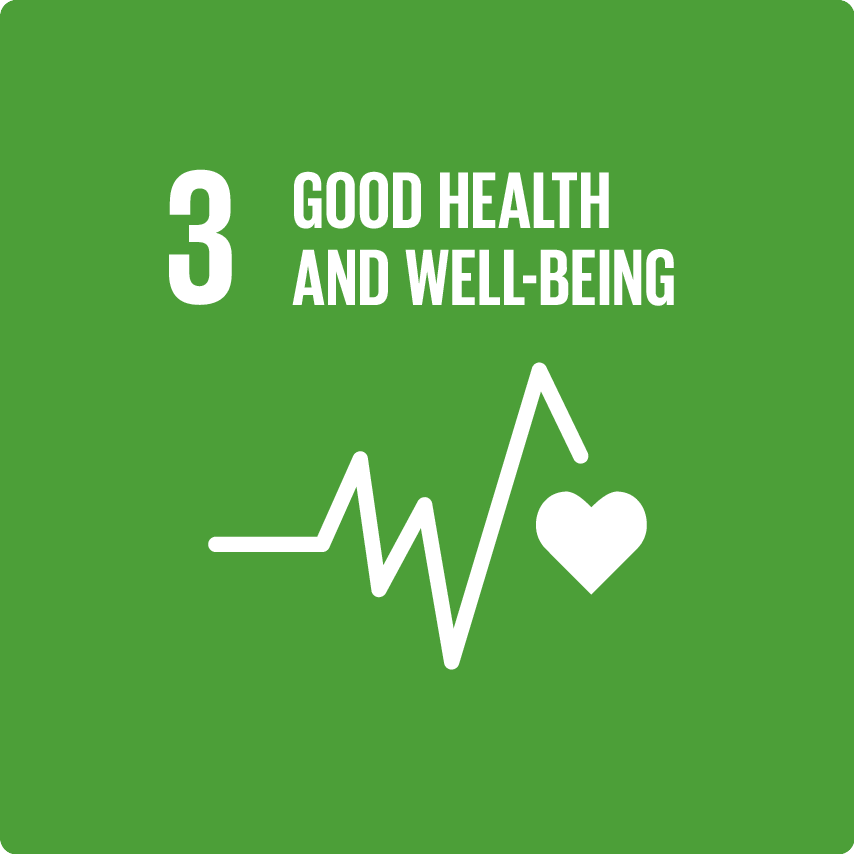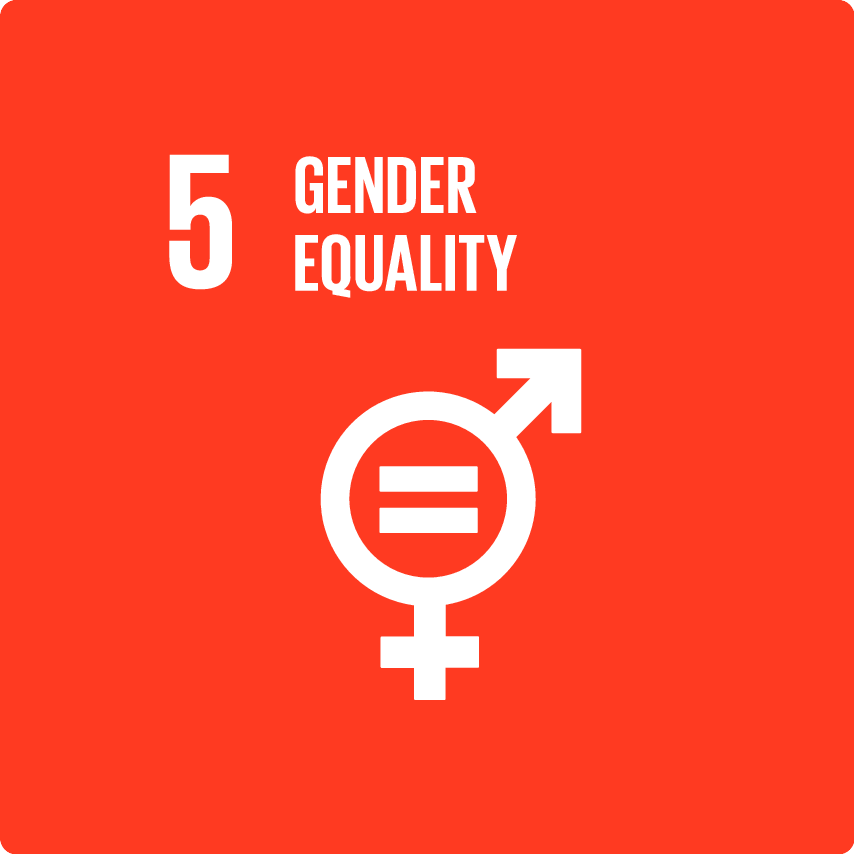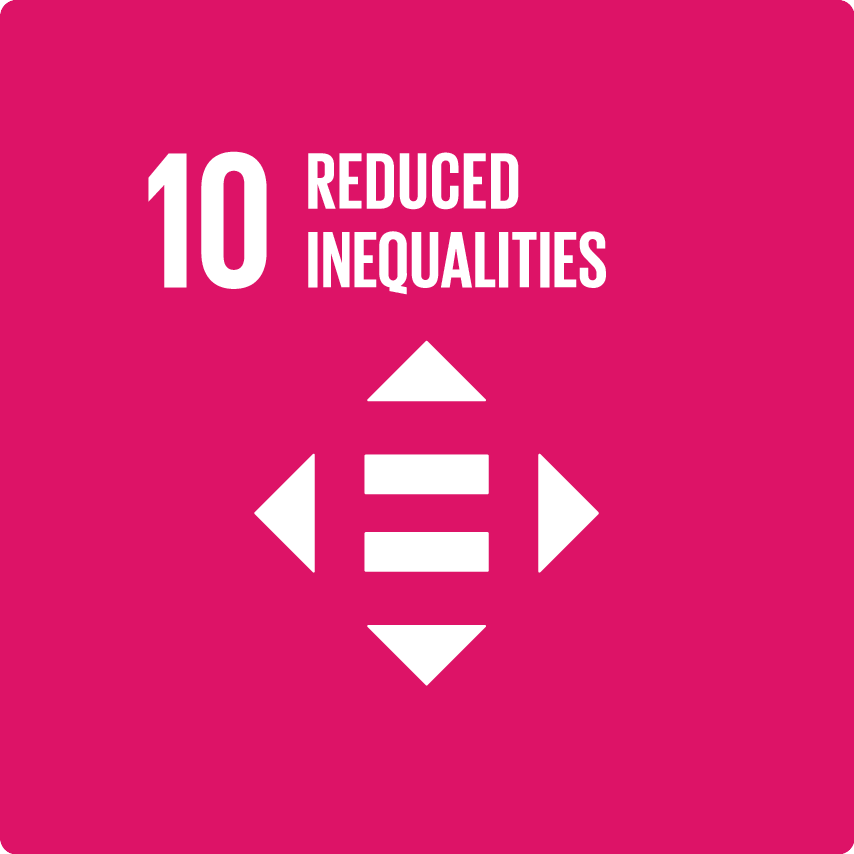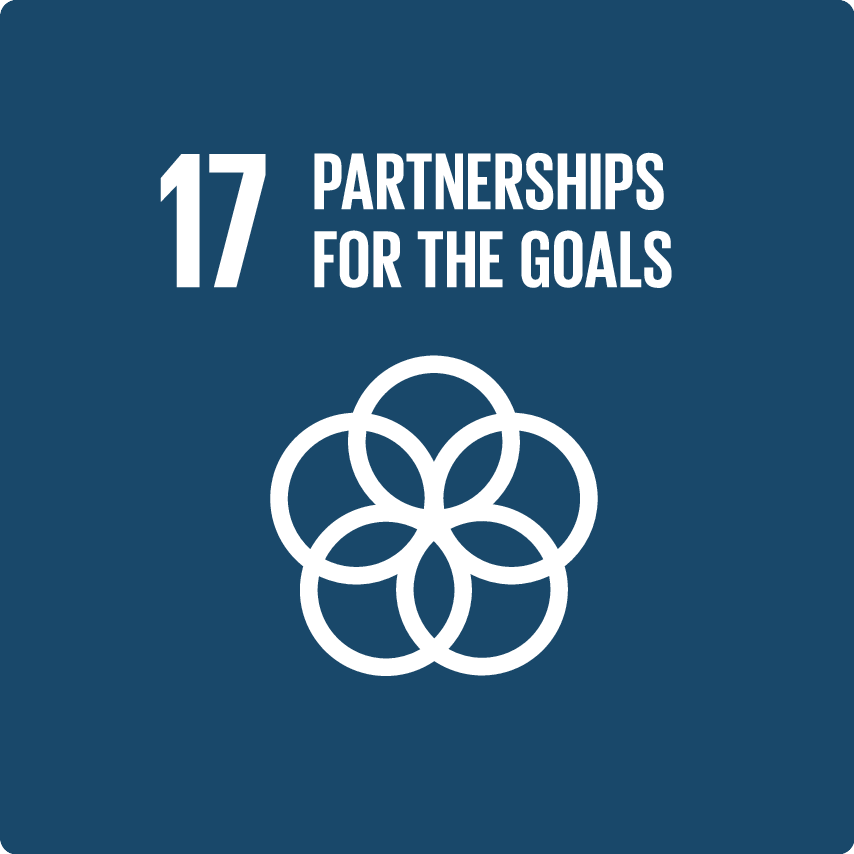Novartis Healthy Family programs
An integrated community health model building local, sustainable programs for healthcare in developing countries.
SEE ALL PARTNER ORGANIZATIONS
Objectives
- Improve healthcare access for people living at the bottom of the economic pyramid using an innovative integrated community model approach, enhancing access to healthcare and medicines in a sustainable way that delivers both social value for the poor and economic value for the company.
- Raise health awareness in rural communities by spreading messages on prevalent diseases and their symptoms.
What are the health needs and challenges?
In many developing countries, most people live in rural or semi-urban villages. Health education, health-seeking behavior and health expenditure are low in these communities, where women and children are especially affected by health problems.
Health problems are also amplified by poor sanitation, hygiene, nutrition, and a lack of clean water. In many communities, tuberculosis, diarrhea, pneumonia, malaria, mother and child malnutrition, gastrointestinal problems, noncommunicable diseases, such as hypertension and diabetes, and an alarming rate of infant mortality are common. In India, for example, more than 65% of the population has limited or no access to healthcare, primarily due to underdeveloped healthcare infrastructure.
Partnership activities and how they address needs and challenges
In 2007, Novartis launched “Arogya Parivar” in India, the first of several Novartis Healthy Family programs. Novartis Healthy Family is an integrated business model that builds local, sustainable capabilities for healthcare in developing countries.
Arogya Parivar (“Healthy Family” in Hindi) works with local resources and empowers villagers to help themselves. Novartis recruits and trains locals in remote villages to become “health educators,” who help inform communities about health, disease prevention and the benefits of seeking timely treatment. Local teams also work with doctors to organize health camps in remote villages – mobile clinics that provide access to screening, diagnosis, and therapies. “Health supervisors” serve as the initiative’s local sales force, interacting with local pharmacies and doctors.
The program, which became self-sustaining in less than three years, offered more than 40, low-cost medications for communicable and noncommunicable diseases that are prevalent in rural India. Its approximately 400 traveling health educators and sales supervisors have become a welcome sight. The program is currently being refreshed to refine the therapeutic area focus in line with decentralization of specialty disease care.
Given Arogya Parivar’s success in India, Novartis has rolled out similar programs in Vietnam and Kenya. The initiative has been adapted to local market conditions and disease prevalence in each country. In Vietnam, the Healthy Family model is based on a public-private partnership. Healthcare professionals in public health roles collaborate with Novartis and travel to rural areas to conduct health awareness sessions in commune health centers screening for hypertension and diabetes in adults over 40 years old.
The product portfolio is adapted to the diseases most prevalent in the rural areas of each country. To be included in the portfolio, products need to be simple to use and relevant to local patients. The current portfolio of medicines includes antibiotics, non-steroidal anti-inflammatory agents, diabetes, hypertension and dyslipidemia medicines as well as anti-infectives that can be used in gynecological treatments.
Novartis plans to evolve the portfolio to include more innovative medicines as governments decentralize tertiary care. Further, the company plans to prioritize key disease areas where it has established comprehensive programs. For example, in India, the focus will be on areas where the Healthy Family team supports ecosystems of care in diseases such as leprosy, sickle cell disease, malaria and avoidable blindness.
The model is based on six “A’s”:
Awareness
Health education meetings on hygiene, nutrition and common and specific prevalent conditions increase disease awareness and inform communities about prevention and the importance of good health.
Affordability
Medicines in the Healthy Family portfolios meet affordability criteria in rural settings. Further, providing health services and medicines close to home minimizes travel costs, which can be more expensive than treatment.
Adherence
Several factors account for low adherence rates to treatment in developing countries, including the out-of-pocket cost of drugs or low levels of health literacy. Heath education meetings and health camps help by providing information about the importance of following treatment through.
Adaptability
Products are tailored to the local disease burden, and health educators adapt the program to local needs, including dialect and culture. Training of health educators and supervisors – as well as communication – are also suited to local conditions.
Availability
Healthy Family programs ensure availability of medicines and healthcare in rural settings. Strong links with healthcare practitioners, pharmacists and distributors help make medicines available in the most remote areas. Through health camps, doctors travel to rural areas to provide screening, diagnosis, treatment and preventive care.
Alliances
Implementing large-scale health solutions requires alliances with multiple partners, including governments, NGOs, distributors, companies, academic institutions, digital/telehealth implementation groups, etc. Healthy Family programs work with several groups to deliver integrated healthcare solutions, from health awareness through to treatment affordability
Results and milestones
In India, Arogya Parivar has brought health education to 77 million people, including close to 8.1 million in 2022 alone. More than 3.4 million patients have been screened in health camps since its inception. In 2022 more than 55,000 patients have been screened in these health camps. Thus, more than 80 million touchpoints have been created so far since 2007.
In Vietnam, Cung Song Khoe has touched 1.6 million people in rural areas covering 37 provinces. To date 300,000 people have been found with higher-than-normal levels of blood pressure and 100,000 people found with higher-than-normal levels of blood glucose.
Geographic Reach
- Africa
- South-East Asia
- Western Pacific
Disease Area
- Infectious and Parasitic Disease
- Other
- Women’s and Child Health
- Non-communicable diseases
Target Population
- Children
- Women
- People with low incomes
- Marginalized/indigenous people
- Rural populations
Partner organizations
Ministry of Health Kenya
Ministry of Health Vietnam
Ministry of Health India
Health system strengthening activities
Geographic Reach
Africa
- Kenya
South-East Asia
- India
Western Pacific
- Viet Nam
Disease Area
Infectious and Parasitic Disease
- Malaria
- Neglected Tropical Diseases (NTDs)
- Leprosy
Other
- Dermatological Diseases
- General Health
Women’s and Child Health
- Children's Health
- Malnutrition
- Women's Health
Non-communicable diseases
- Cardiovascular diseases
- Diabetes
- Respiratory Diseases



